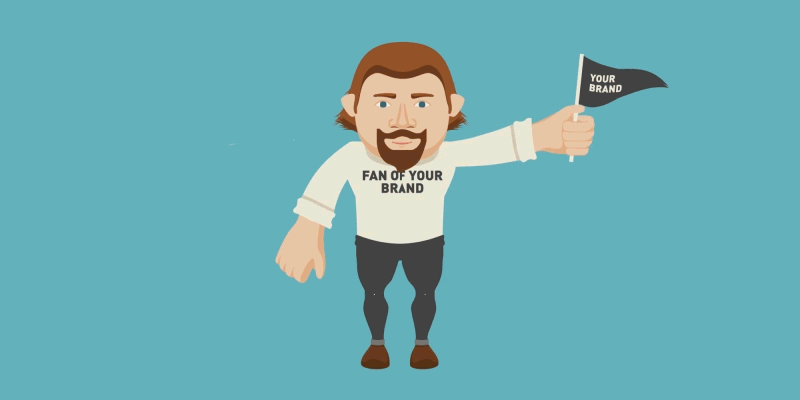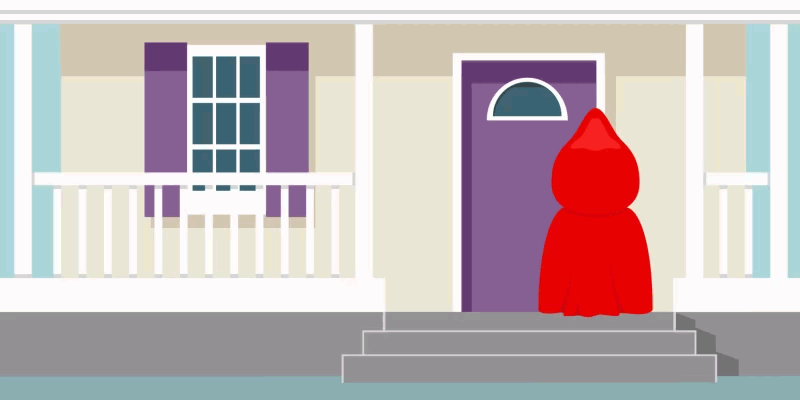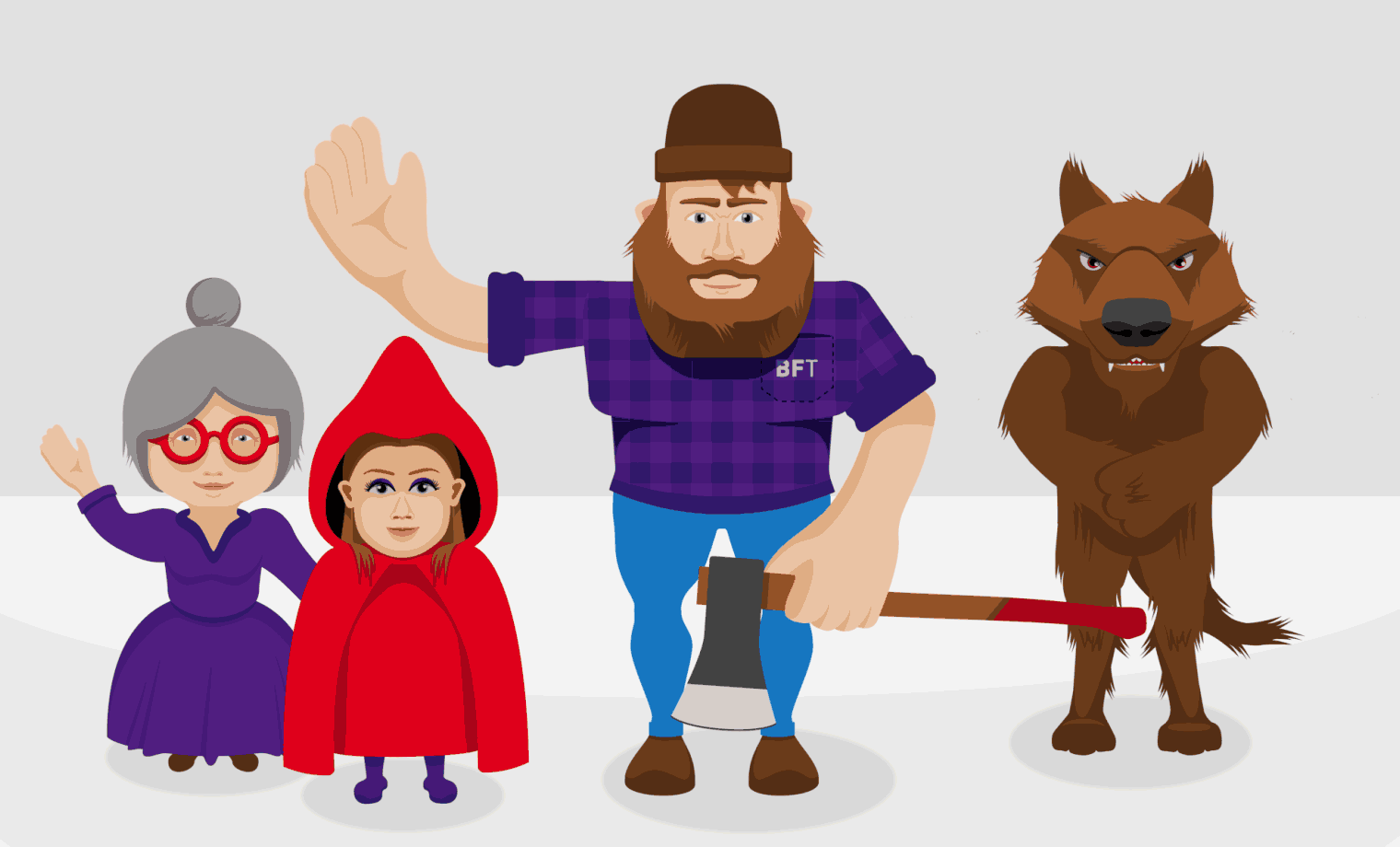On the Road to Grandma’s House
You may know “Little Red Riding Hood” as a cautionary folk tale about placing too much trust in strangers. However, if you consider the story from a different angle, it offers marketers a useful customer journey framework for mapping and identifying the potential trouble spots that prevent prospects from successfully getting to their destinations and transacting.
Into the Woods
Like every customer journey, Little Red Riding Hood begins hers with a clear intention: to deliver a basket of goodies to Grandma. In a perfect world, Red would be able to complete this task as quickly and smoothly as possible.

Her first steps are the most critical. She doesn’t have anything invested yet, so the wolf showing up at this point would be a journey-ending development. It would be wrong, however, to think it takes something as significant as a wolf to misdirect a journey. Even an accidental trip resulting in a stubbed toe could just as easily cause her to bail. On the other hand, if her initial steps receive validation on any level—lovely scenery or the appearance of a lone butterfly—the likelihood of her continuing increases.
From the marketing perspective, these first steps are often earned, owned or paid. They are taken in a no man’s land, where only the distant echoes of your brand and its past actions are able to influence the customer’s journey. This is where the wolves lurk.

Cue the Wolves
While the wolf in the original story only shows up once before skipping ahead to wait for Red, multiple wolves may lay in wait along your customer’s journey. They can take the form of incidental occurrences, from a co-worker frowning upon the mention of your brand to social posts, online reviews and customer ratings. Wolves may also hide as technical failures and gaps, any of which can cost you potential sales. Even those prospects who do get through and eventually convert will cost you more to acquire and retain if they are forced to outmaneuver the wolves along the way.

Lurking in Plain “Site”
Search results provide great cover for wolves; they often show themselves as a competitor outbidding you in paid search. They also tend to prey on sites that fail to show up on the first page of results. In reality, there are a hundred other wolves that might show up anywhere. And regardless of Red’s tenacity, the more wolves she encounters, the more likely she is to reconsider her trip to Grandma’s house and return home.

Destination: Grandma’s House
As your most valuable online property, your website is how the rest of the world learns about your organization and judges you. Much like your own grandma’s home, there are certain expectations that prospects have regarding how it will look and function. If something seems off, it will give them pause and create yet another barrier to conversion.
After all, visitors will hold your site to the same standards of modern design trends and user experience that they would for any leading consumer brand. A cluttered homepage with unclear messaging and a fragmented visual hierarchy may appease your internal stakeholders, but it’s the folk tale equivalent of Red leaving without knocking. Customers should feel welcome and know what they need to do to get the most from their visit. This requires frequent updating for an optimal user experience.

The Moment of Truth
Once Red makes it to Grandma’s front door with the basket of goodies intact, she relaxes, looking forward to the visit. However, she’s only out of the woods figuratively speaking. A lot can still go wrong. The wolves could already be inside in the form of inadequate customer service, a poorly incentivized sales team or fragmented distribution channels. Some part of the sales funnel may still fail her if it isn’t aligned with the organization’s goals.
The good news is that Red is already on one of your owned channels. This means analytics, live-session recording, user flows, dedication and a good dose of marketing intuition can help spot the wolves that are devouring your potential conversions.
“Why, Grandma, what confusing value propositions your products have,” said Red before leaving the site and returning to the Google search results page.

Help Is on the Way
Freeing Grandma from the clutches of a crafty wolf may be more dramatic than our own day-to-day experience, but saving prospects and customers is what we do. Like the Woodsman, we are experts at identifying wolves and helping organizations keep them from interfering with conversions.
From taking a hard look at that figurative road to Grandma’s house with an audit of your current customer journey to helping identify potential opportunities to strengthen your core value proposition, our goal is to deliver customers to your site so they can safely convert.
Over the past six decades, we’ve worked with hundreds of organizations facing issues similar to yours to help them find their better. We’d love to do the same for you.

